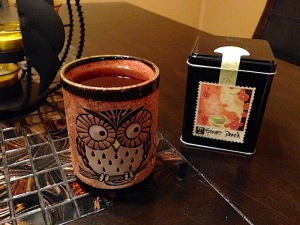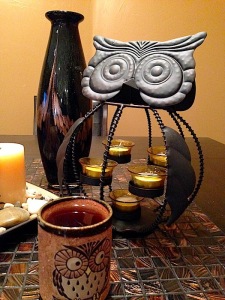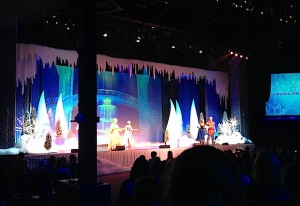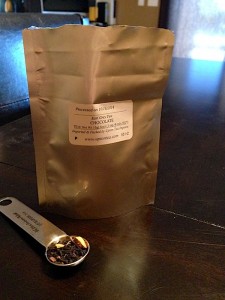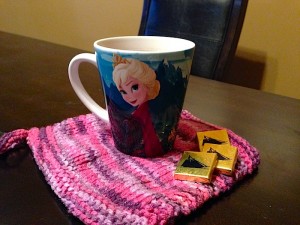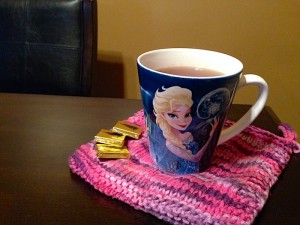I’ve been thinking a lot about how to write a novel. Specifically, the prewriting stage—how to research, how to outline, how to create characters. These days, I view prewriting as the most important part of my process. If I do enough work before I start to write, my drafts are solid. If I don’t, the manuscript will need more revision later on. (Sometimes a lot more. As in, a complete rewrite from beginning to end. Which is not fun, let me tell you!)
So what is the most important part of prewriting? For me, it’s story structure. That’s what I call the central arc of a novel. Story structure is not world-building or plotting. It guides the plot, and shapes it—but it’s much bigger than that.
Story structure looks something like this…
My protagonist wants [fill in a goal or desire].
To achieve [that goal or desire], they will [a list of actions the protagonist takes during the story to get what they want; the more specific the better].
When they take these actions, the protagonist will encounter the following obstacles or complications: ____________________________________.
At the story’s climax, the protagonist achieves [the goal or desire] by doing this: [one final action].
Bonus question: The protagonist would not have been able to take that final action earlier in the novel, because ________________________________.
Those are the fundamentals of story structure. Some people call it different things (the protagonist’s arc, etc.), and I’ve seen other ways to chart it. But more or less, that’s what it looks like. As you can see, it’s pretty basic! Why is this important?
Story structure is the skeleton of your novel. If you do it right, this structure should guide everything your protagonist does—which in turn determines how other characters react to them. It also helps ensure that your novel has a satisfying conclusion. Readers like to see protagonists achieve what they set out to do at the start of the story (or not achieve it, if your story is a tragic one!).
I’ve also found that this structure is helpful for keeping me on track while I’m drafting. If I start to feel lost, I just go back to my notes about what my protagonist wants. It helps me decide what they should do next—whether or not that action makes sense for them, and whether or not it helps achieve their goal. Which means story structure can help me avoid these mistakes:
- Having my protagonist do something that doesn’t make sense, because it doesn’t match up with their goals/desires.
- Writing a scene that doesn’t advance the story in any way.
In other words, story structure helps me decide what’s “in character” for my protagonist, and whether or not a scene is needed. It really helps cut down on revision time! If I plan this structure out in advance, I don’t have to cut as many scenes, and I don’t have rewrite them to better fit the protagonist’s motives.
That’s why I think story structure, more than anything else, is the key to writing a good novel. A story is a series of events. A well-written story is one in which those events are driven primarily by the protagonist’s desires, all leading up to a climax where the protagonist achieves (or doesn’t achieve!) what they want.
Well, that’s it for now. I plan to add a second part later on, with a few tips and examples. But I hope this is a helpful starting point, for any aspiring novelists out there. If you would like to explore the topic in more detail, I highly recommend Wired For Story by Lisa Cron. I’ve read a lot of books about writing in the past five years. This is one of the few that teaches how to write on a story level, and the advice is essential (yet so easy to understand that I wondered why I hadn’t heard much of it sooner).

